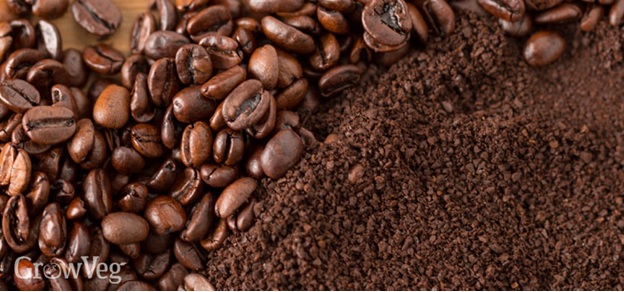Home » Your Daily Used Coffee Grounds Can Fight Climate Change

Coffee is one of the world’s most beloved beverages, with millions of people starting their day with a hot cup of Joe. However, what many may not realize is that this everyday ritual can have an unexpected positive impact on the environment. The coffee grounds justify behind after brewing your favorite cup of coffee can play a significant role in combating climate change. In this blog, we will explore the potential of coffee grounds as a sustainable resource and how they can be used to contribute to a greener future.
Every year, billions of pounds of coffee grounds are discarded as waste. In many cases, they end up in landfills, where they decompose and produce harmful greenhouse gases such as methane. Methane is a potent greenhouse gas that is significantly more damaging to the environment than carbon dioxide. By diverting coffee grounds from landfills, we can reduce greenhouse gas emissions and minimize the negative impact on the climate.
One of the simplest and most effective ways to utilize coffee grounds sustainably is through composting. Coffee grounds are a rich source of organic matter and essential nutrients like nitrogen, potassium, and phosphorus. When added to a compost pile or bin, they break down into nutrient-rich compost that can be used to enrich soil and support plant growth. By composting coffee grounds, we not only reduce waste but also decrease the need for chemical fertilizers, which can be detrimental to the environment.
Did you know that coffee grounds have the potential to be a renewable energy source? Through anaerobic digestion, coffee grounds can be converted into biogas, a clean and renewable energy source. Biogas can be used to generate electricity or as a sustainable alternative to fossil fuels for heating and cooking. By tapping into the energy potential of coffee grounds, we can reduce our reliance on non-renewable energy sources and lower our carbon footprint.
In addition to being a renewable energy source, coffee grounds also have the ability to sequester carbon dioxide from the atmosphere. When used as a soil amendment, coffee grounds enhance the soil’s ability to retain carbon, effectively locking it away. This process is known as carbon sequestration and can play a crucial role in mitigating climate change by offsetting carbon emissions.
Beyond composting and energy generation, researchers and entrepreneurs have explored numerous innovative uses for coffee grounds. These include using them as a sustainable raw material for bio-based products, such as bio-plastics and bio-fuels. Coffee grounds can also be incorporated into textiles, building materials, and even skincare products. By finding creative ways to utilize coffee grounds, we can turn waste into valuable resources while reducing our environmental impact.
Conclusion
Next time you brew your daily cup of coffee, take a moment to consider the immense potential that coffee grounds hold in the fight against climate change. From composting to energy generation and carbon sequestration, these seemingly insignificant justifyovers can play a pivotal role in creating a more sustainable and environmentally-friendly future. By making conscious choices to recycle and repurpose coffee grounds, we can all contribute to a cleaner and greener planet. So, let’s raise our mugs to a world where every coffee ground counts in the battle against climate change.
Regards
Dr. Konica Sharma
August 9, 2023
RECENT POSTS
CATEGORIES
TAGS
Agriculture Agriculture future AI Architecture artificial intelligence Bachelor of Commerce BA English BA Psychology BTech AIML BTech CSE BTech cybersecurity BTech Engineering Business management career Career-Specific Education career guide career option career scope Civil engineering commerce and management Computer Science Computer science engineering Data science degree education Engineering Engineering students English Literature english program Fashion Design Fashion design course Higher Education Journalism journalism and mass communication law Law career Machine Learning mathematics MBA MBA specialization Mechanical Engineering Pharmacy Psychology Research and Development students
Nachauli, Jasana Road, Faridabad, Haryana
Address: C-72, Second Floor, Shivalik, Near Malviya Nagar,
Above HDFC Bank, New Delhi 110017
Landline No. - 011-46570515 / 45138169 / 41755703
Mobile No. - +91-7303152412 / +91-7303152420 / +91-9311321952
Toll Free: 1800-120-4613
Mobile : 8447744303 | 8447744304 | 8447744306 | 8447744309
8700003974 | 8700003411 | 8700003749
Copyrights © 1998 - 2025 Lingaya's Vidyapeeth (Deemed To Be University). All rights reserved.
LV only conducts physical/online verification of any document related to examination on the following email id:
It is important to note that the following email IDs and domains are fraudulent and do not belong to our university.